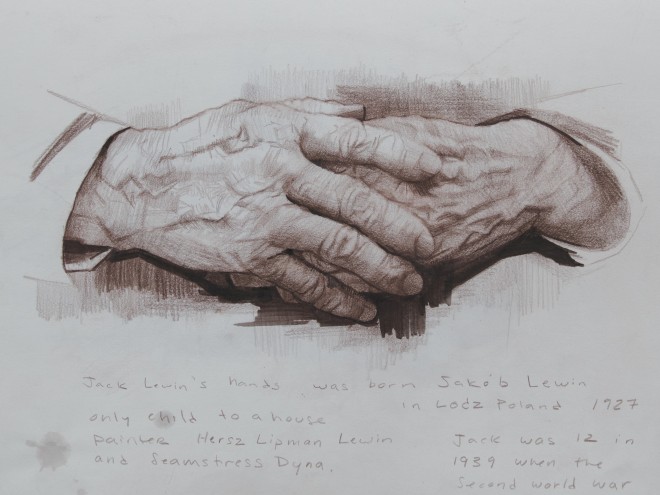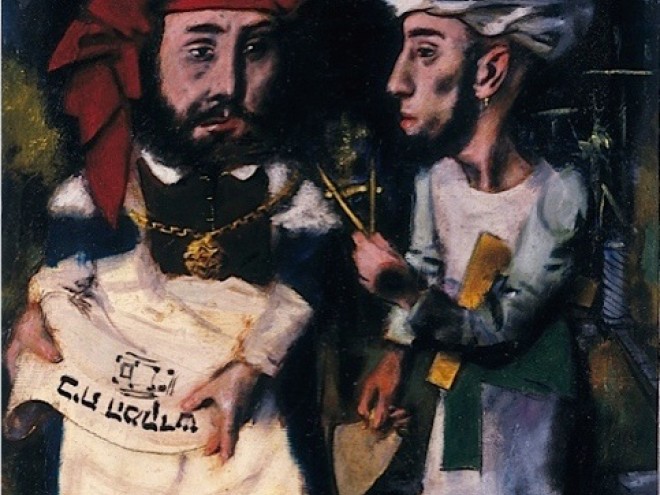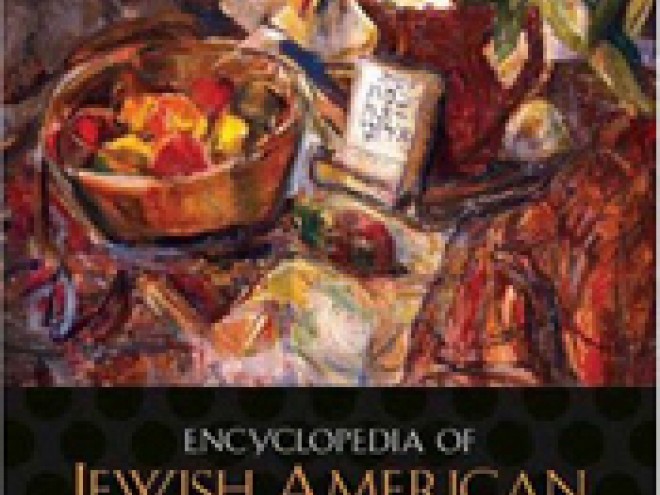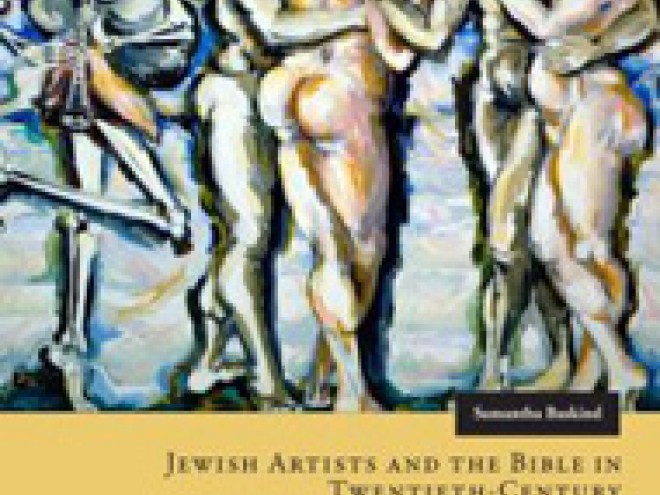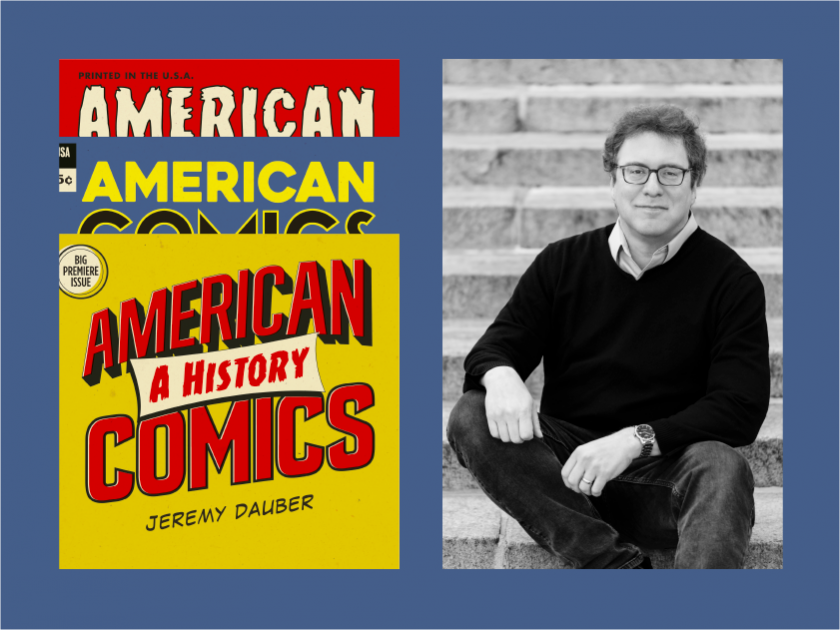
Author photo by Tilly Blair
Samantha Baskind spoke with Jeremy Dauber on his life-long connection to comics and graphic narratives, the Jewish influence in the genre, and the evolving nature of the field today. His book, American Comics: A History, is a comprehensive and engrossing look at the subject matter.
Samantha Baskind: American comics span many genres, far more than that depicted in the wildly popular Marvel and DC movies. Most readers are familiar with the traditional superhero comic book (e.g., Captain America and The Fantastic Four) and comic strips (e.g., Charles Schulz’s Peanuts),but also very relevant and sometimes overlooked are war and horror comics; pulp and humor magazines (e.g., Mad); underground comics (e.g., Raw); and graphic novels (e.g., Art Spiegelman’s Maus). What inspired you to write your comprehensive and very readable book that covers all of these genres?
Jeremy Dauber: First of all, thanks so much for the complimentary words — coming from someone who’s an expert like you, that means a lot! I think the main impulse for writing the book was to try to tell the story of this wonderful medium that felt like the whole story — not the story of, as you suggest, one of its dominant strains, the superhero comic, or of its more frequently awarded and heralded cousin, the alternative or independent graphic novel. But something that showed how that familial relationship really worked, how it developed and how these different genres informed and influenced each other. Finding those connections, trying to illustrate them — it was a lot of fun, and I hope that shows!
SB: It surely does show! Have you always loved comics? Did you devour them when you were a kid?
JD: Absolutely, and in different forms. As I say in the acknowledgements to the book, I could tell the story of my life through comics. From the Sunday funnies I read in a newspaper — a newspaper! — as a kid, everything Marvel produced through a large chunk of the eighties, and then — just as I was beginning to look for something a little more grown-up — that remarkable one-two punch of Watchmen and Maus. And although there were breaks and hiatuses for a while, I never really stopped.
SB: You’re hosting a dinner party. Which three comics characters would you invite, and why? What would be the first question that you would ask?
JD: What a great question! I’ll say Superman, the Thing, and Harley Quinn, and the question I’d ask them (especially since this interview is for Jewish Book Council) is: “Are each of you really Jewish? And if so, how?”
Comics, being of and springing from their time and place, are always expressing political and social themes, sometimes explicitly and sometimes implicitly.
SB: Please invite me to that dinner party. A number of articles and books have asserted that Superman, in particular, is Jewish. Among other points, it has been argued that the Man of Steel’s story is a science fiction adaptation of Moses’ rescue from near-certain doom because of Pharoah’s decree of infanticide, and that Superman’s birth name, Kal-El, is derived from Hebrew. Is Superman actually Jewish?
JD: I’ll find out at the dinner party! I do think, though, that a lot of the “evidence” for Superman’s Jewishness is often a testament to the interpretive ingenuity of the (sometimes Jewish?) critic.
SB: Is there something distinctive about “American comics” as compared to comics made in Europe or Israel?
JD: Yes and no. In some sense, the comics made in any given culture (which is often, though not exactly, related to geographical boundaries) reflect the fears, hopes, dreams, and preoccupations of that culture. So an “American” comic has its own history and identity in that way, and it’s those stories I wanted to tell. But on a formal and technical basis, while there’s certainly flavors that differentiate — for example, Asian manga is a very different enterprise than much of DC and Marvel’s product — there’s also, increasingly, a kind of stylistic overlap.
SB: The Jewish contribution to comics in its varied forms is vast and remarkable. Jews have been front and center in almost all areas of comics. The superhero genre was created by Jews — Jerry Siegel and Joe Shuster’s Superman — as was, arguably, the graphic novel, with the first often credited to be Will Eisner’s A Contract with God. Why do you think Jews have been at the vanguard of comics?
JD: I’ll take Eisner’s answer, for a first approximation: it was, when it started, a low-status medium with few barriers to entry, which made it ideal for Jews in an era of social and economic discrimination. (This is true of a lot of new mass cultural media, and, notably, untrue of the comic strip, which had one or two notable Jews in it — Milt Gross and Rube Goldberg come to mind — but overall, as a much more lucrative and indeed clubbable medium, it was very largely populated by non-Jews). I’d add, though, that a second reason, clearly, was network effects: people who were in the industry tended to invite in people they knew, and since it was a low-status medium at first, people didn’t care too much about how qualified they might have been. Stanley Lieber, later Stan Lee, came to Marvel because he was a cousin by marriage. Of course, he stayed!
SB: Do you have a favorite American comic strip, comic book, or comics character?
JD: Too many to count — I had to write a book to put ‘em all in! A sentimental favorite that only made it into the footnotes, however, was the character Little Sammy Sneeze, a lesser-known character by the groundbreaking cartoonist Winsor McCay whose massive sneezes laid waste to all about him, the destruction rendered gorgeously and comically by one of the best in the business.
SB: Over the last thirty years, graphic novels have become a key fixture in literature, simultaneously tied to and divergent from comics. What are some of these key differences and what is it about graphic novels that have made them so widely enjoyed? Attendant to that question: Is there a graphic novel that stands out to you for its artistic and/or storytelling innovations?
JD: I think, as I hope the book’s story shows, that it’s actually kind of hard to distinguish exactly what makes a graphic novel a graphic novel, and that the story is one of gradually increasing ambition, matched with institutional and business changes. Maus, which is still striking me as remarkable in new ways every time I read and teach it, is a good example, appearing at first, as it did, in installments in a comics magazine, Raw, but also in a kind of stand-alone section within the magazine, showcasing its different status. Ultimately, I think graphic novels are in many ways what we decide to call graphic novels, and what matters — in whatever format, whatever genre — is the surprising and remarkable capacities of the works themselves.
SB: Comics and graphic novels aren’t always just superficial fun. In what ways have comics engaged politics and other social issues through their unique marriage of text and image?
JD: Comics, being of and springing from their time and place, are always expressing political and social themes, sometimes explicitly (many comics characters pitched war bonds during World War II) and sometimes implicitly (fifties romance comics, suggesting that a happy ending was a heterosexual, father knows best model of marriage, are ideological in their own ways.) My book tells the story of a lot of these portraits, as they change with changing times and mores….
SB: Caricature and stereotypes sometimes pervade comics. How should we look at comics of this nature in the era of Black Lives Matter and the #MeToo movement?
JD: One of the jobs of a cultural historian is to tell the full story, including the parts we might wish weren’t there. Ultimately, when you do that with the past, I firmly believe we’re better equipped to face the challenges of the present.
Samantha Baskind is Distinguished Professor of Art History at Cleveland State University. She is the author or editor of six books on Jewish American art and culture, which address subjects ranging from fine art to film to comics and graphic novels. She served as editor for U.S. art for the 22-volume revised edition of the Encyclopaedia Judaica and is currently series editor of Dimyonot: Jews and the Cultural Imagination, published by Penn State University Press.
